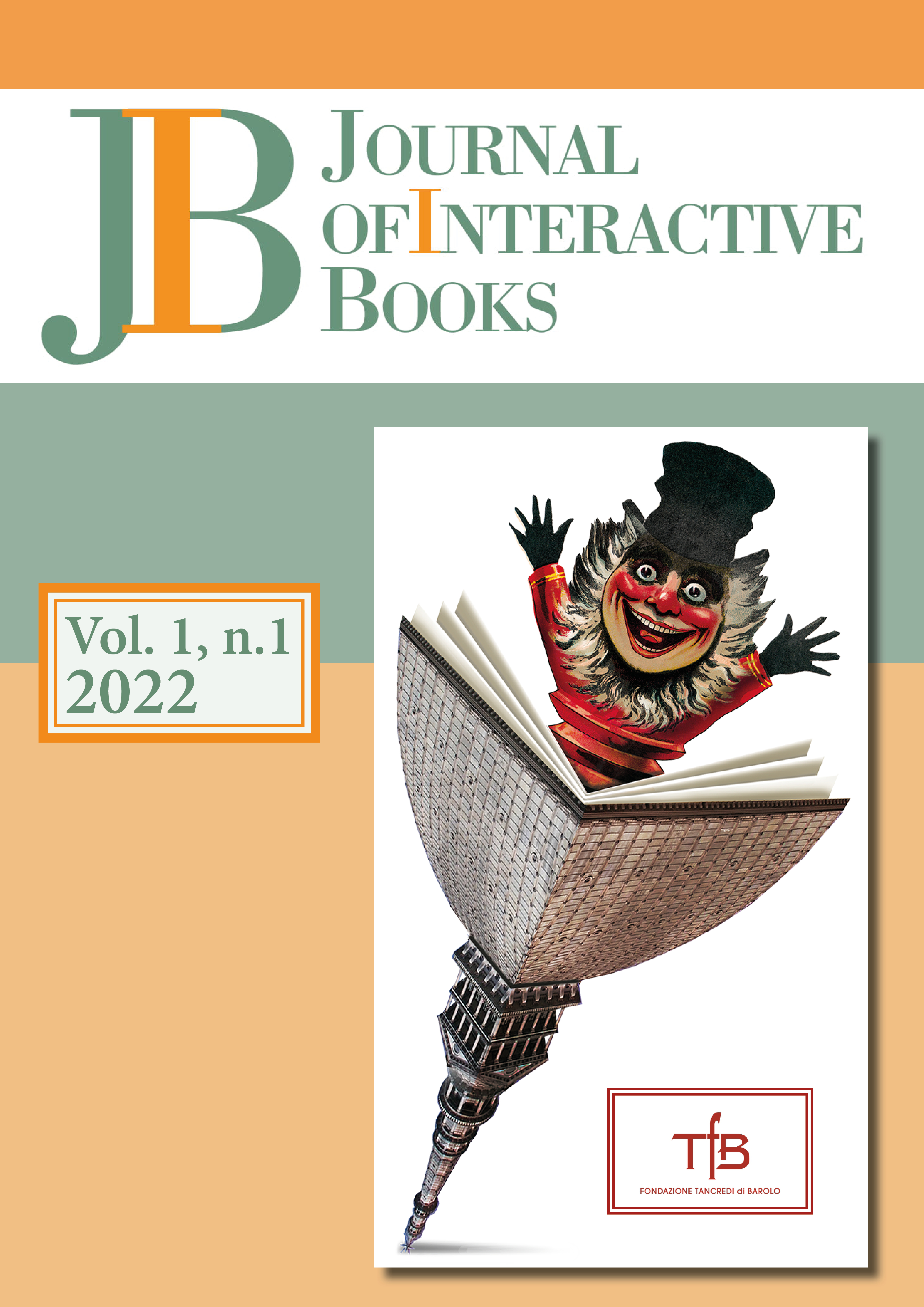Movements of rotation and revolution Hypertext in the Seventies
Keywords:
Hypertext; interactive books; Man-Computer Interaction; Digital Humanities; Ted Nelson; Computer Lib/Dream Machines;Abstract
Ted Nelson (a counter-cultural intellectual, educated at Harvard and self-educated in arts, movies and Computer Science) coined the word hypertext in 1965. Ted Nelson was planning a radically new way of managing texts and other media in a non-sequential way: by using the computer. Even at that time Nelson was dreaming of a docuverse disseminated by the Net: a world-wide “book”, with no borders, and linked to any other possible text, image, or video.
The paper focuses on the self-published book Computer Lib/Dream Machine, 1974, very successful among young communities of readers attracted by the idea of the computer as a way to personal liberation and political revolution. The leading metaphor of hypertextuality was the de-centralization of power to the borders, and it immediately became a manifesto, a mantra.
Computer Lib/Dream Machine is an interactive and movable book from many points of view: it is reversible, with two covers, no index. It had to be moved upside down and left-right, to be read. And the reader himself had to “move” and join the fight towards a new dimension of art and knowledge.
Comparisons with Michel Butor, Raymond Queneau and Bruno Munari are suggested
Downloads
Published
Issue
Section
License

This work is licensed under a Creative Commons Attribution 4.0 International License.
JIB is an open access journal that applies a "Creative Commons - Attribuzione" (CC-BY) license to all published material.
With the CC-BY license, authors retain the copyright on their contributions, while granting anyone the possibility to download, reuse, reprint, modify, distribute and/or copy the materials published by JLIS.it, with the sole condition that the author and the title of the magazine are correctly cited. It is not necessary to request further permission from the author or the editorial staff of the journal.


